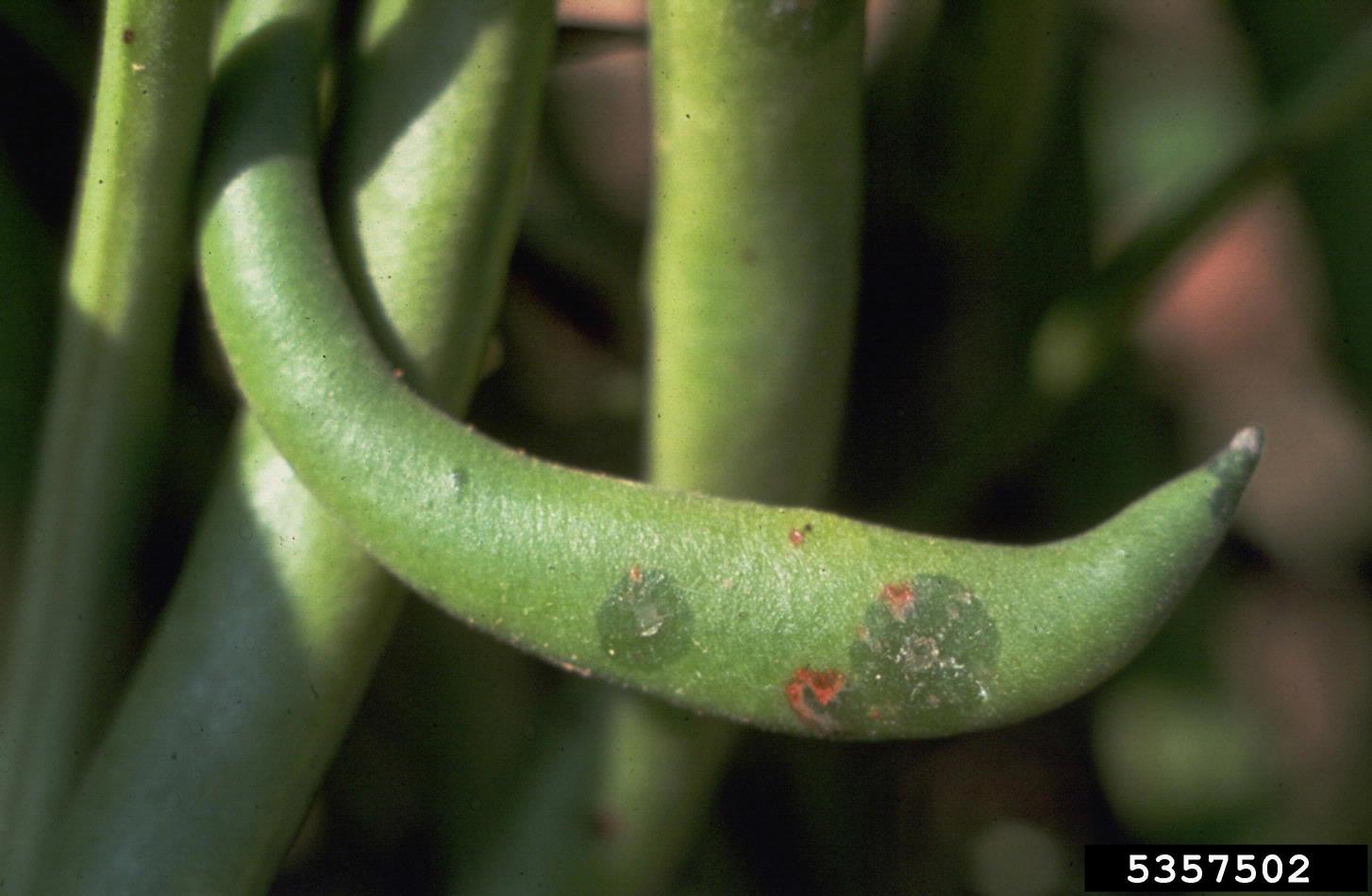What Are Causes Of Halo Blight: Treating Halo Blight On Bean Plants


Beans are more than just a musical fruit – they’re a nutritious and easy-to-grow vegetable plant! Unfortunately, they’re also prone to a few common bacterial diseases, including halo blight. Keep reading and learn how to identify and manage this frustrating bean affliction.
What is Halo Blight?
Vegetable gardeners everywhere delight in the growing of beans. The sheer selection of color and variety is enough to make a plant lover squeal, adding in these plants’ uncanny ability to produce a massive number of pods for their size is just icing on the cake. Beans are incredibly easy to grow for many beginner gardeners unless you run into problems like halo blight in beans. There are two major bacterial blights in beans that are worth noting, one of which is halo blight. Like the name would imply, halo blight is easily identified by the yellow halo that forms around red-brown lesions which are visible on both sides of bean leaves. A lack of halo doesn’t mean your beans are free from this blight, however, since they don’t always appear when the infection occurs at high temperatures. Other halo blight symptoms include the red-brown lesions on leaves, dark, sunken lesions on pods, and cream to silver colored bacterial ooze that emits from the pod lesions. Halo blight on bean plants can affect common beans, lima beans, and soybeans. If your plants are infected, the bean seeds themselves are infected, too, meaning you cannot save and reseed these plants without spreading halo blight.
Controlling Halo Blight
Although the causes of halo blight are clear, it’s still important to review the best practice methods to prevent the spread of this disease in your bean patch. The halo blight bacterium is most prolific when the weather is humid and below 80 degrees F. (27 C.), priming it for optimal infection rates in the spring as young seeds emerge. If your bean patch has a history of halo blight, it’s important to create an environment where seedlings can thrive. This means rotating your crop on a two or three year cycle, spacing seedlings further apart so they’re less likely to transmit disease and using certified disease-free seed. Always remember that halo blight is readily transmitted by rain splash and wind – keep out of bean plantings until they’re completely dry! Using ground level irrigation is also recommended to help reduce bacteria transmission. When conditions are favorable for halo blight development or your area has a history of halo blight, it may become useful to apply a copper-based bactericide after the true leaves of your beans have developed, but before symptoms appear. Repeat the treatment every 7 to 14 days to protect the beans from infection. Copper will not destroy an active infection but can protect your beans from developing halo blight in the first place.
Sign up for the Gardening Know How newsletter today and receive a free copy of our e-book "How to Grow Delicious Tomatoes".

Kristi Waterworth was a regular contributor to Gardening Know How for many years, answering countless queries on plant pests and diseases.